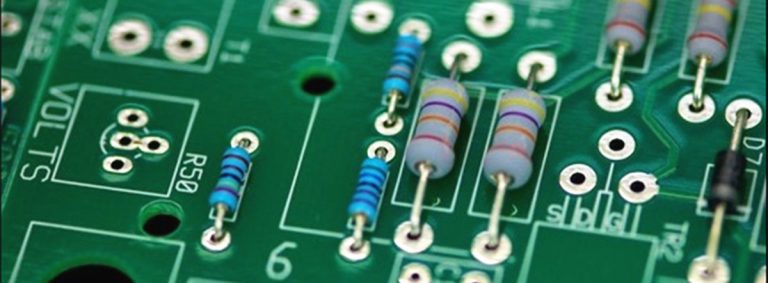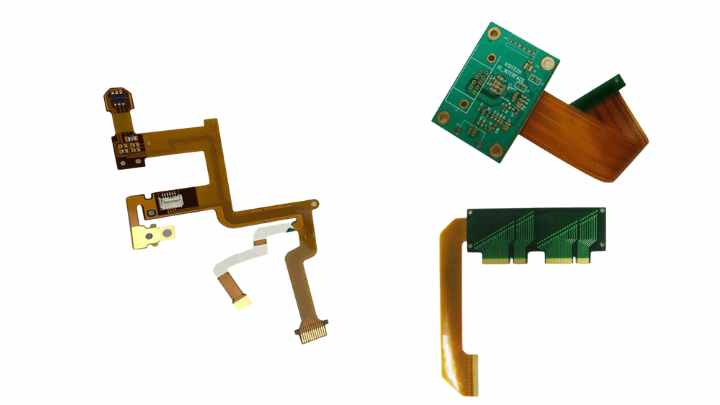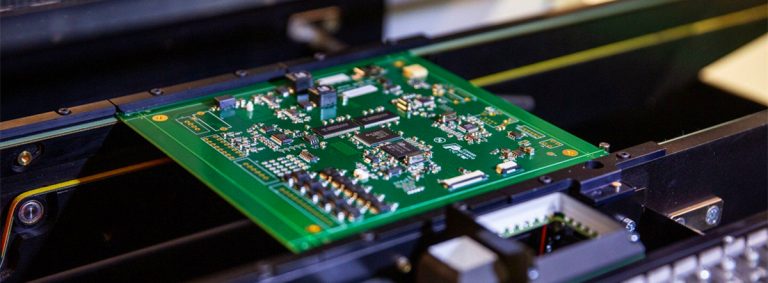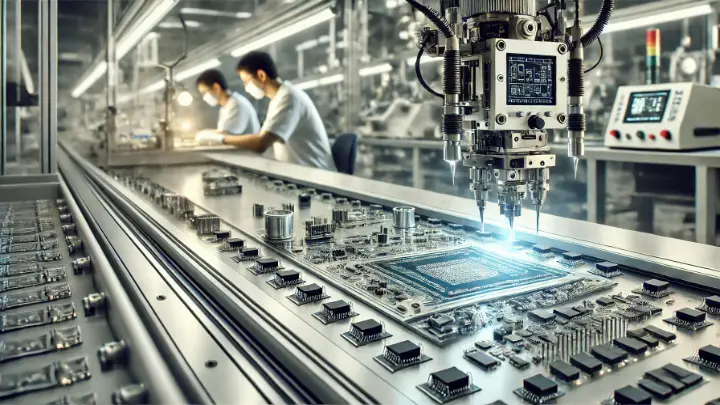What is the Difficulty of Multi-layer Circuit Board Proofing?

PCB multi-layer board are more complicated than single- and double-layer boards both in terms of design and manufacturing. Then, what difficulties should be paid attention to in the proofing of the led circuit board?
1. Difficulties in alignment between soldering circuit boards layers
Due to a large number of layers in multi-layer circuit boards, users have higher and higher requirements for PCB layer calibration. Taking into account the large unit size of the multilayer circuit board, the high temperature and humidity of the workshop environment, the overlapping of dislocations caused by the inconsistency of different core boards, and the positioning method between layers, it is more difficult to control the centering of the multilayer circuit board.
2. Difficulties in making an internal circuit of electronic board
Multilayer circuit boards use special materials such as high TG, high speed, high frequency, thick copper, a thin dielectric layer, etc., which puts forward high requirements for internal circuit production and pattern size control. The width and line spacing are small, the open circuit and short circuit are increased, and the pass rate is low; there are many thin line signal layers, and the probability of AOI leakage detection in the inner layer is increased; the inner core board is thin, easy to wrinkle, poor exposure, and easy to curl in the etching machine.
3. Difficulties in printed circuit compression manufacturing
Many inner core boards and semi-cured boards are superimposed, and defects such as slippage, delamination, resin voids, and bubble residues are prone to occur in stamping production. In the design of the laminated structure, the heat resistance, pressure resistance, glue content, and dielectric thickness of the material should be fully considered, and a reasonable material pressing plan for the multilayer circuit board should be formulated.
4. Difficulties in flexible printed circuit drilling production
The use of high-TG, high-speed, high-frequency, and thick copper special plates increases the difficulty of drilling roughness, drilling burrs, and de-drilling dirt.






